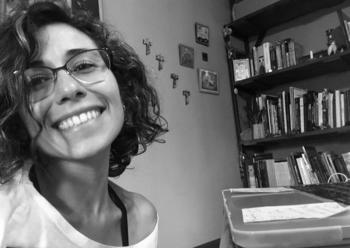Dr. María Soledad Andrade-Díaz

Freie Universität Berlin
Institute of Geography
Modelling Human-Environmental Interactions Group
Associate research-member
My name is María Soledad Andrade-Díaz, and I am a Postdoctoral Researcher in the Modelling Human-Environmental Interactions Group at the Institute of Geography, Freie Universität Berlin, under the supervision of Dr. María Piquer-Rodríguez. I hold a Georg Forster Fellowship from the Alexander von Humboldt Foundation. My research focuses on the transformation of paleochannel grasslands in the South American Dry Chaco, a highly dynamic socio-ecological region undergoing rapid land-use change. I investigate how socio-economic pressures and multi-scale governance impact these ecosystems, with a particular focus on the role of local actors.
A central aim of my research is to integrate local knowledge and perceptions into spatial analyses of ecosystem services. I will examine how smallholder, medium-, and large-scale producers perceive, use, and value these transformed landscapes, with particular attention to the experiences and practices of campesino producers. By mapping these plural values, I aim to support participatory management strategies and inform policy recommendations that promote sustainable and equitable land use. Ultimately, my work seeks to identify spatial conservation opportunities that bridge biodiversity goals with the realities of ongoing land management.